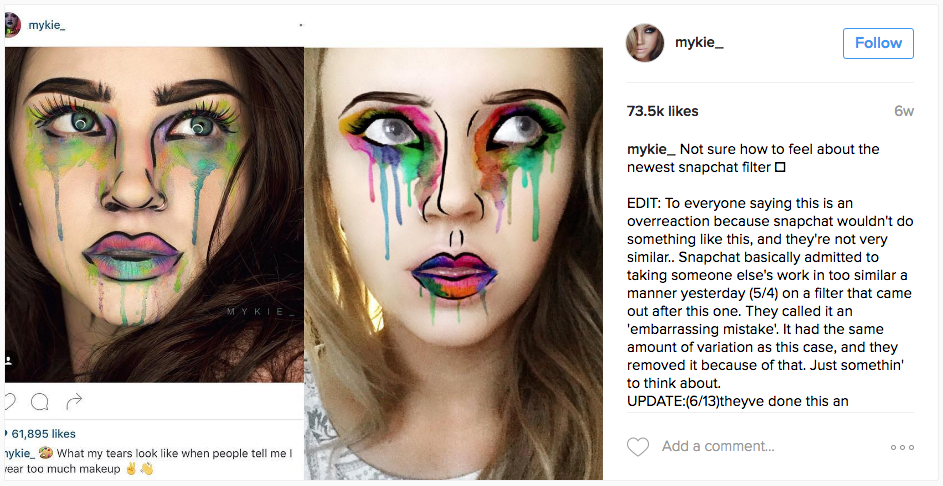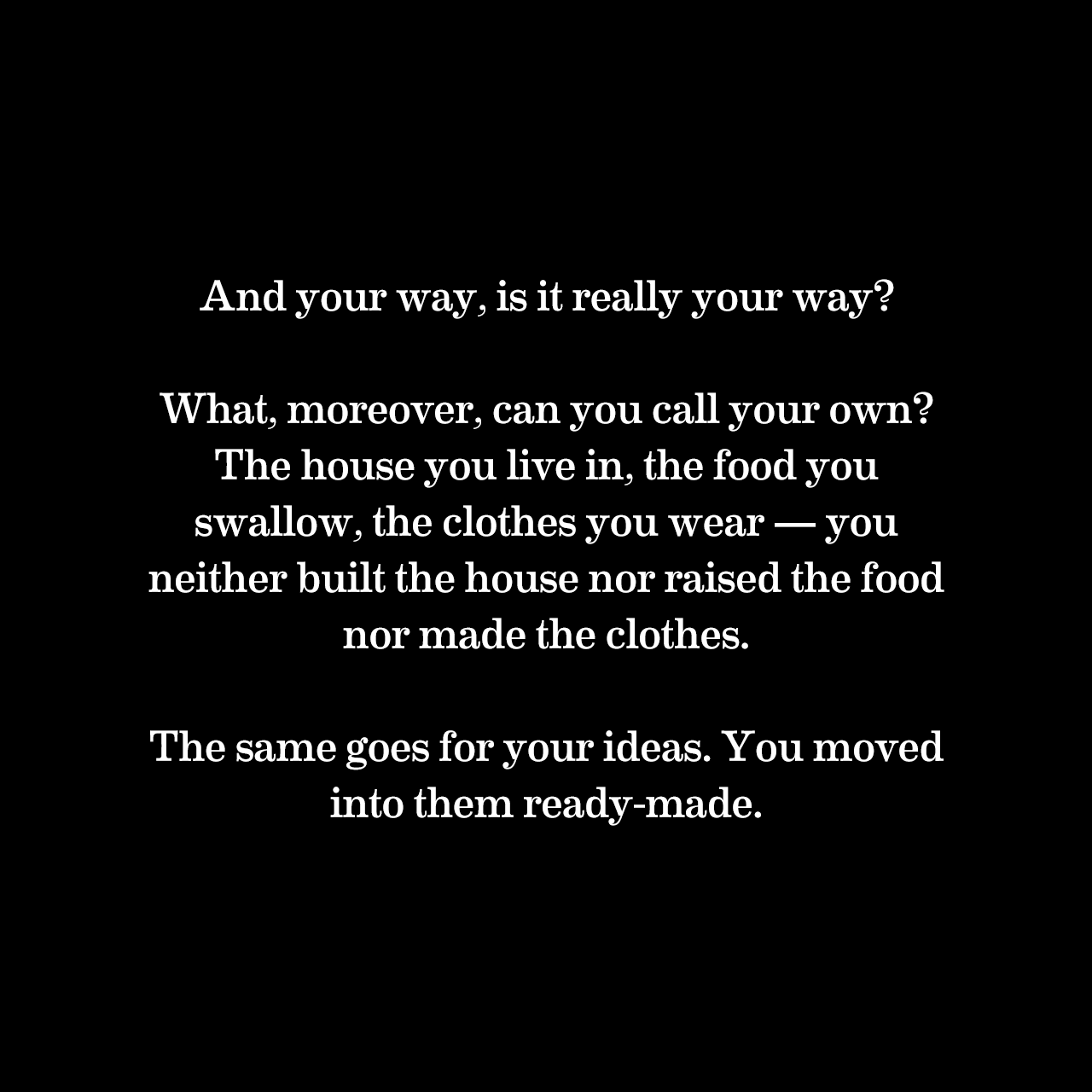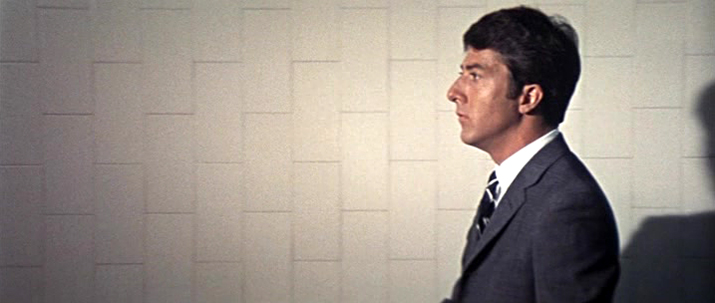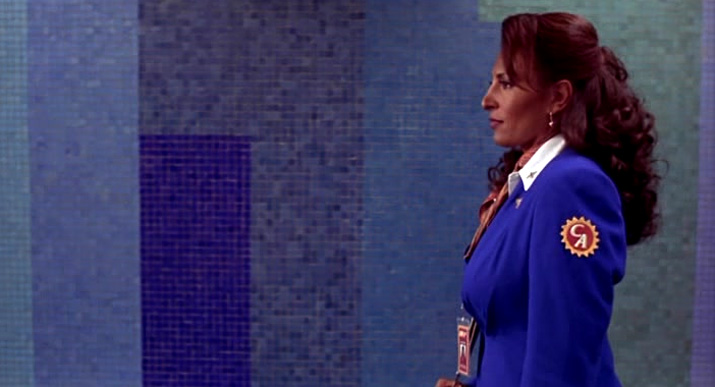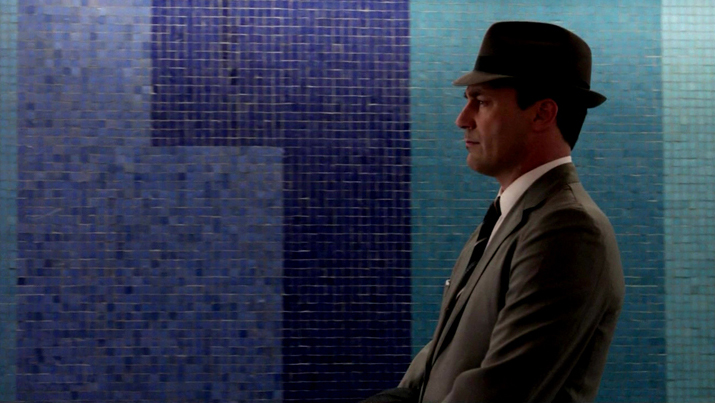I few days ago I explained why I’m not a fan of movie reboots.
It seems I’m not alone. News broke this past week that the character Sulu is revealed to be gay in the upcoming Star Trek Beyond and the actor who originally played Sulu, and who has been openly gay since 2005 — George Takei — is not on board with the idea:
The idea came from Simon Pegg, who plays Scotty in the new films and penned the Beyond screenplay, and director Justin Lin, both of whom wanted to pay homage to Takei’s legacy as both a sci-fi icon and beloved LGBT activist.
And so a scene was written into the new film, very matter-of-fact, in which Sulu is pictured with a male spouse raising their infant child. Pegg and Lin assumed, reasonably, that Takei would be overjoyed at the development — a manifestation of that conversation with Roddenberry in his swimming pool so many years ago.
Except Takei wasn’t overjoyed. He had never asked for Sulu to be gay. In fact, he’d much prefer that he stay straight. “I’m delighted that there’s a gay character,” he tells The Hollywood Reporter. “Unfortunately, it’s a twisting of Gene’s creation, to which he put in so much thought. I think it’s really unfortunate.”
Takei explains that Roddenberry was exhaustive in conceiving his Star Trek characters. (The name Sulu, for example, was based on the Sulu Sea off the coast of the Philippines, so as to render his Asian nationality indeterminate.) And Roddenberry had always envisioned Sulu as heterosexual.
As nice an homage to Takei it is, I can understand Takei’s rejection of the idea. George Takei, the person, is gay, not Sulu. Being gay is Takei’s story to tell and champion.
Pegg responded, “respectfully disagreeing“:
Pegg expressed sympathy with Takei’s sentiment that mainstream gay heroes were belatedly coming to the big screen, but rejected the idea that this meant a new character needed creating.
“He’s right, it is unfortunate, it’s unfortunate that the screen version of the most inclusive, tolerant universe in science fiction hasn’t featured an LGBT character until now. We could have introduced a new gay character, but he or she would have been primarily defined by their sexuality, seen as the ‘gay character’, rather than simply for who they are, and isn’t that tokenism?”
Pegg continued: “Justin Lin, Doug Jung and I loved the idea of it being someone we already knew because the audience have a pre-existing opinion of that character as a human being, unaffected by any prejudice. Their sexual orientation is just one of many personal aspects, not the defining characteristic. Also, the audience would infer that there has been an LGBT presence in the Trek Universe from the beginning (at least in the Kelvin timeline), that a gay hero isn’t something new or strange. It’s also important to note that at no point do we suggest that our Sulu was ever closeted, why would he need to be? It’s just hasn’t come up before.”
At the end of the day, the most important question will be, is the movie any good?

